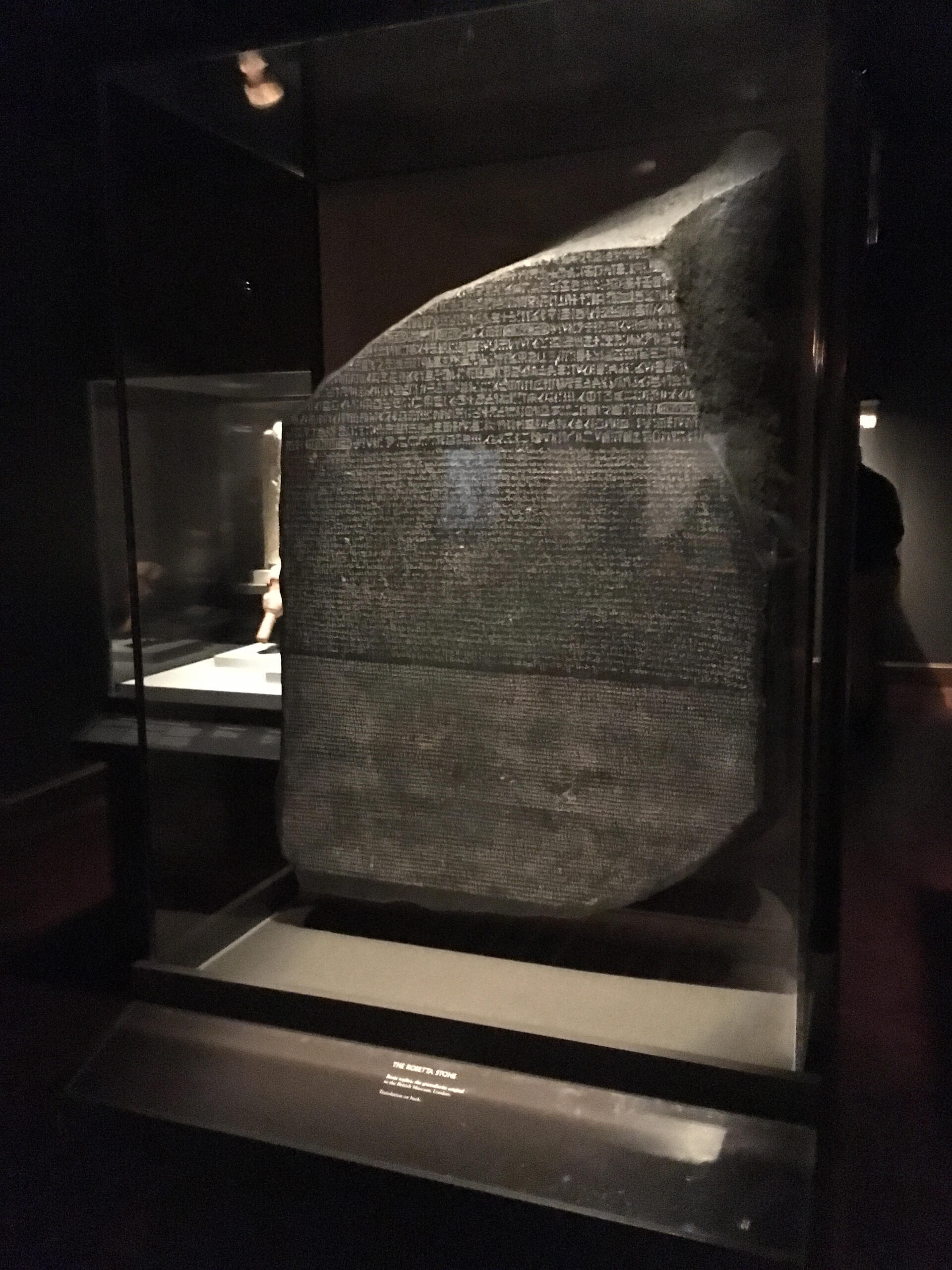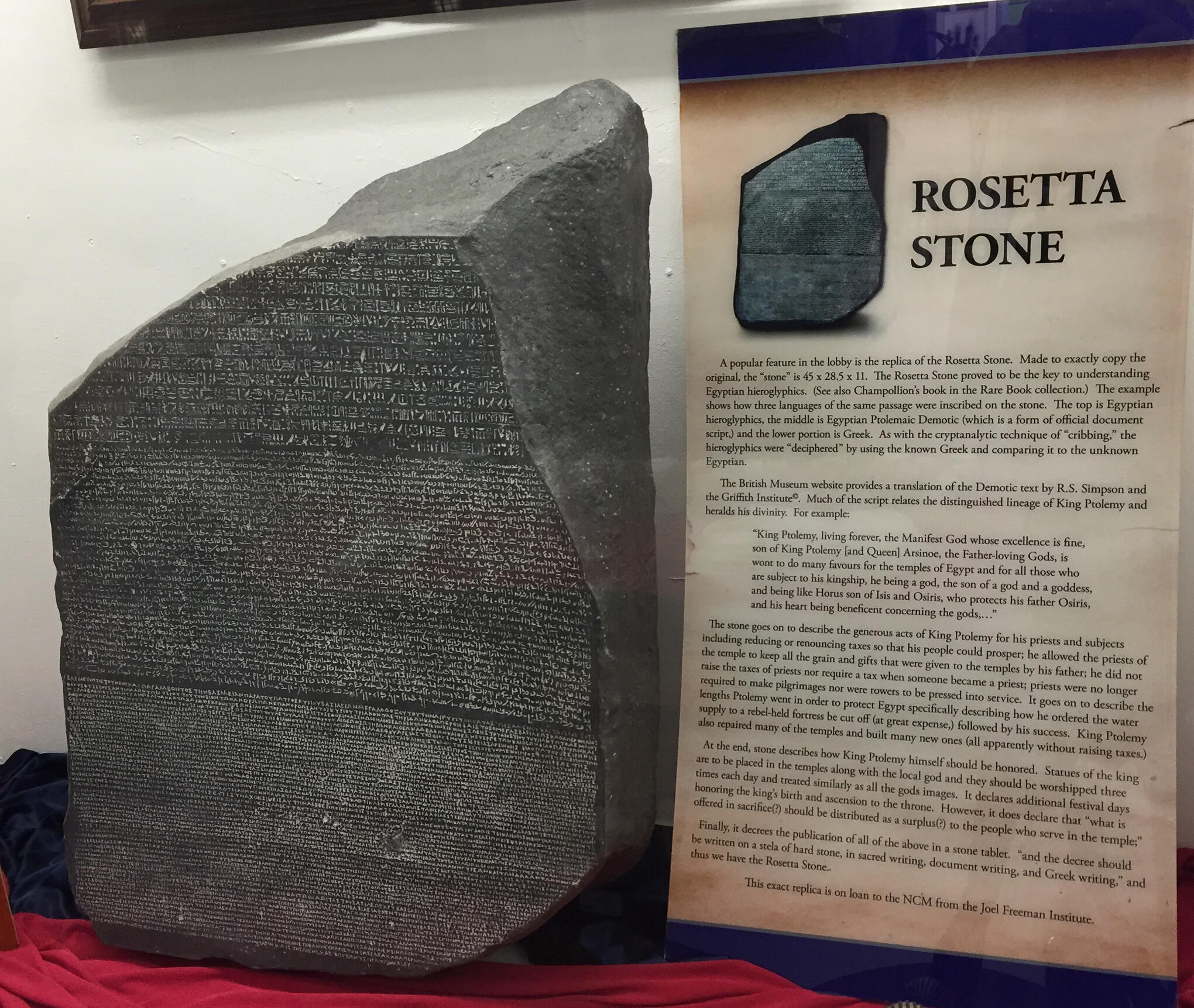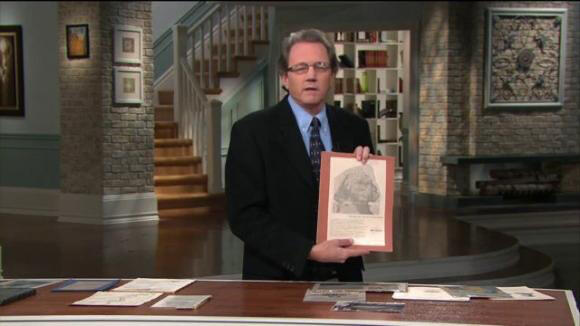The MYSTERIOUS
ROSETTA STONE
TRAVELING EXHIBIT
Transforming an Ancient Artifact into a
Modern Metaphor for Problem-Solving
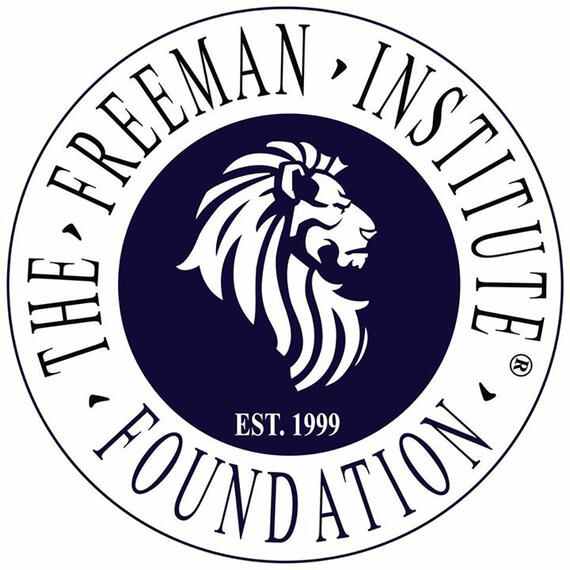
Joel A. Freeman
410.991.9718
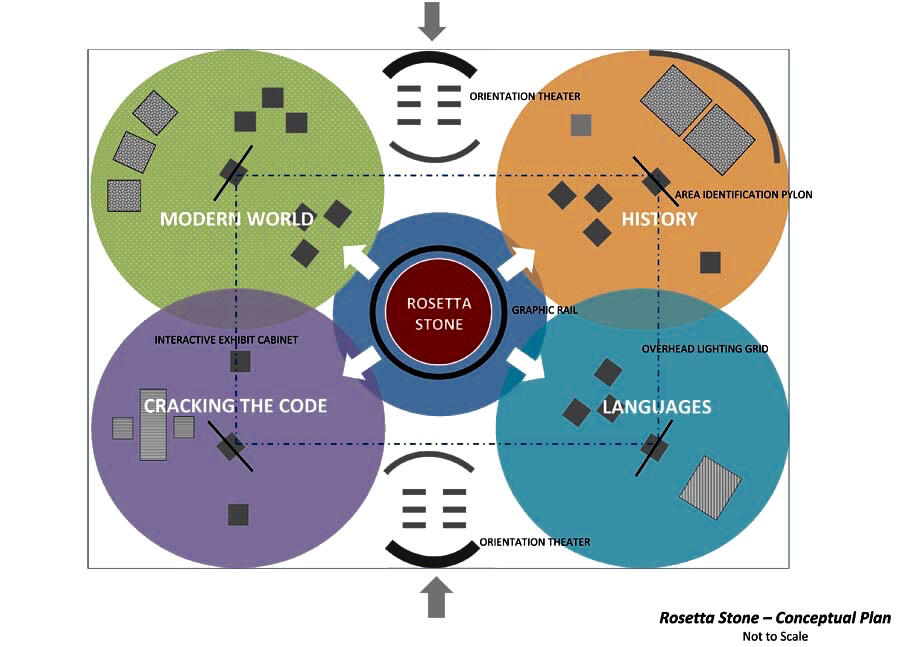
Conceptual Plan
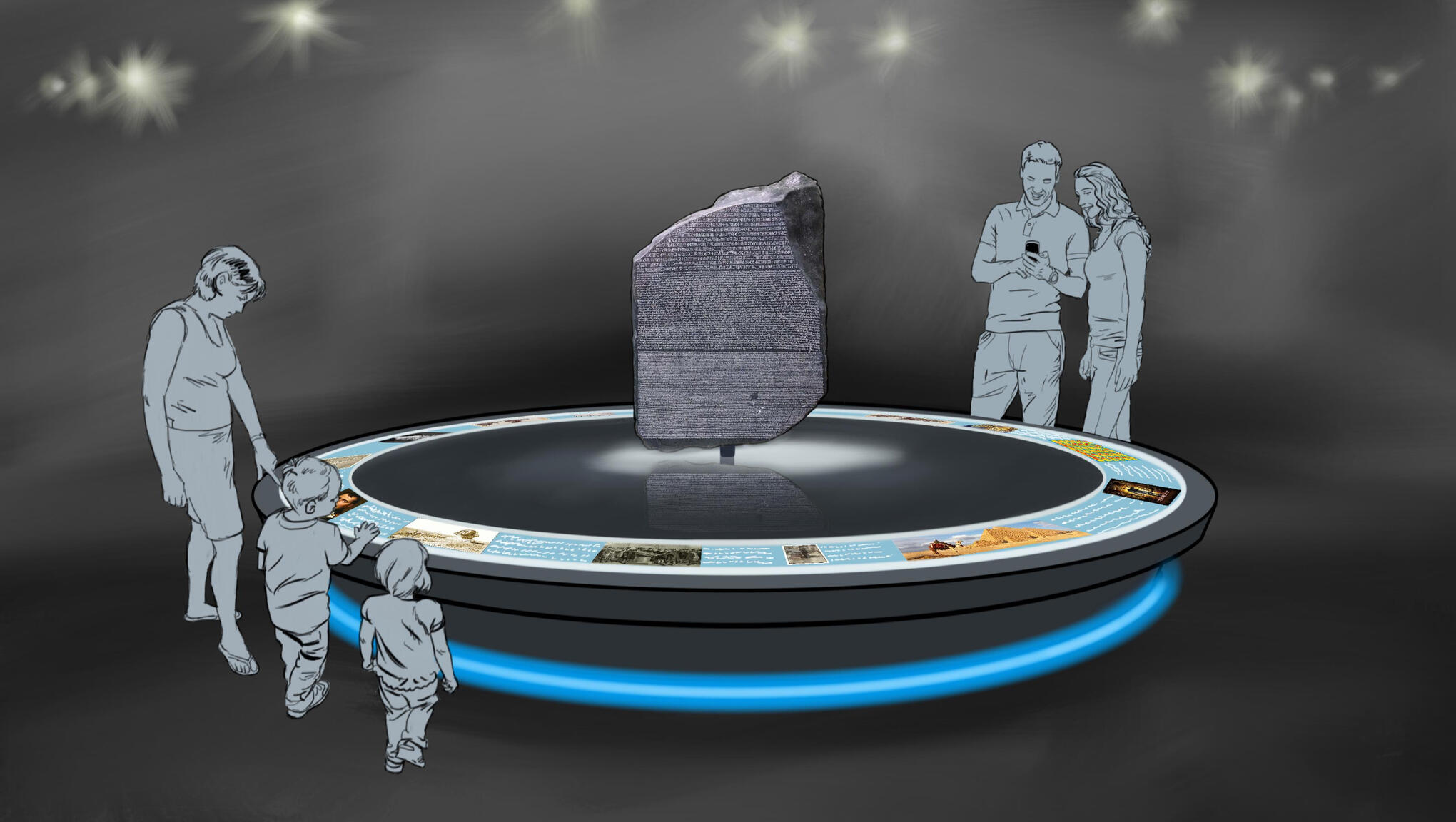
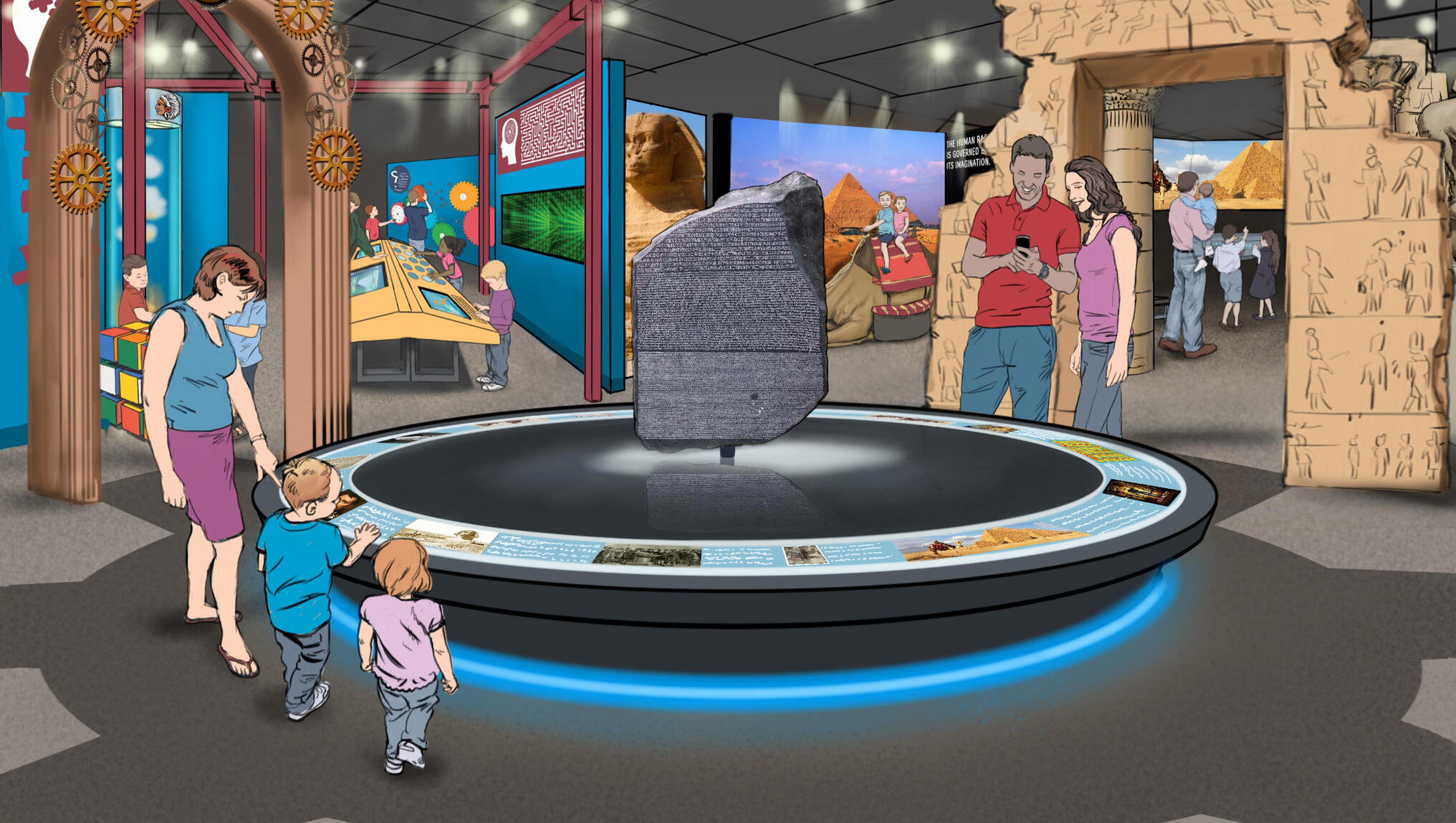
Center Zone
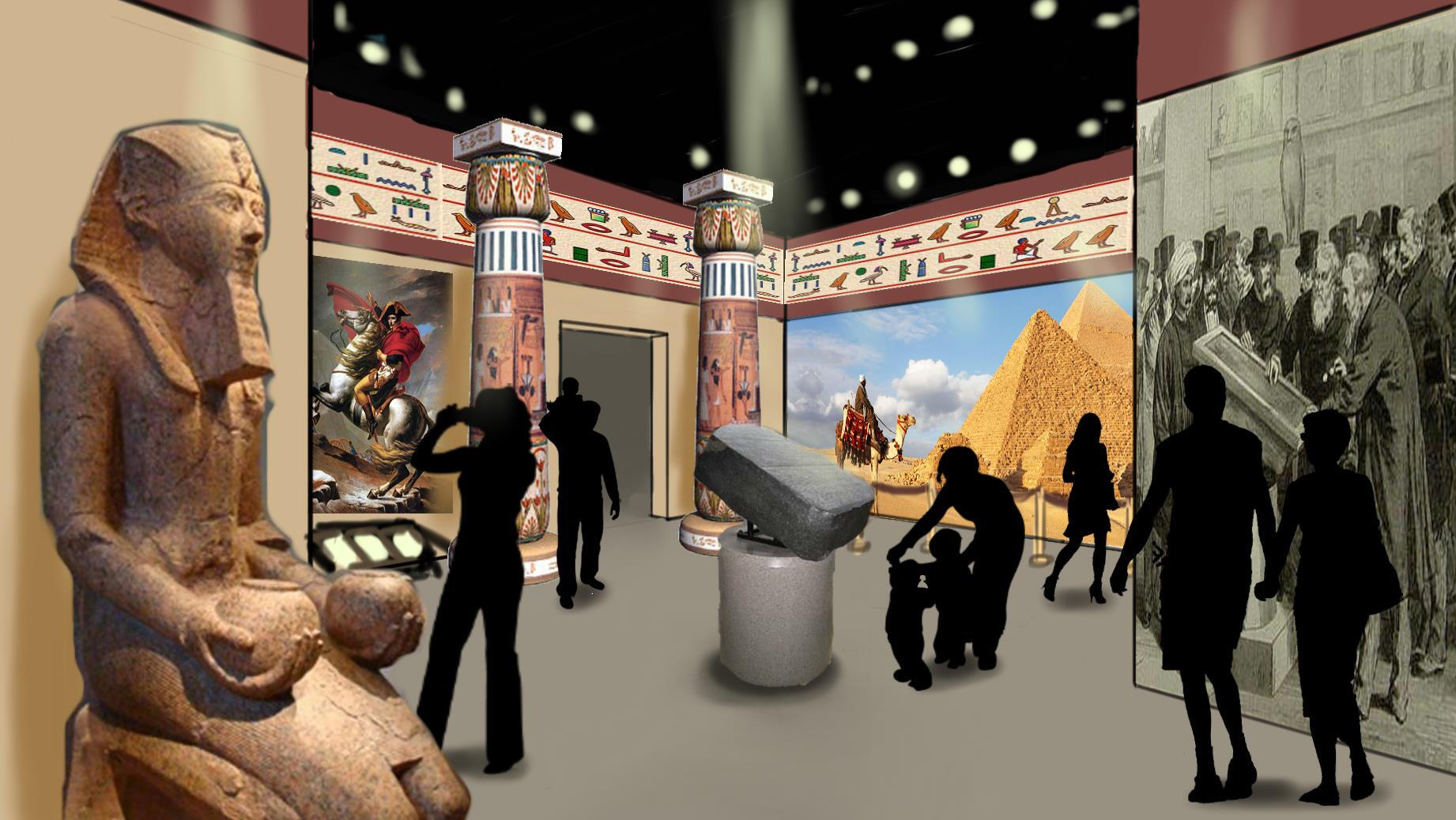
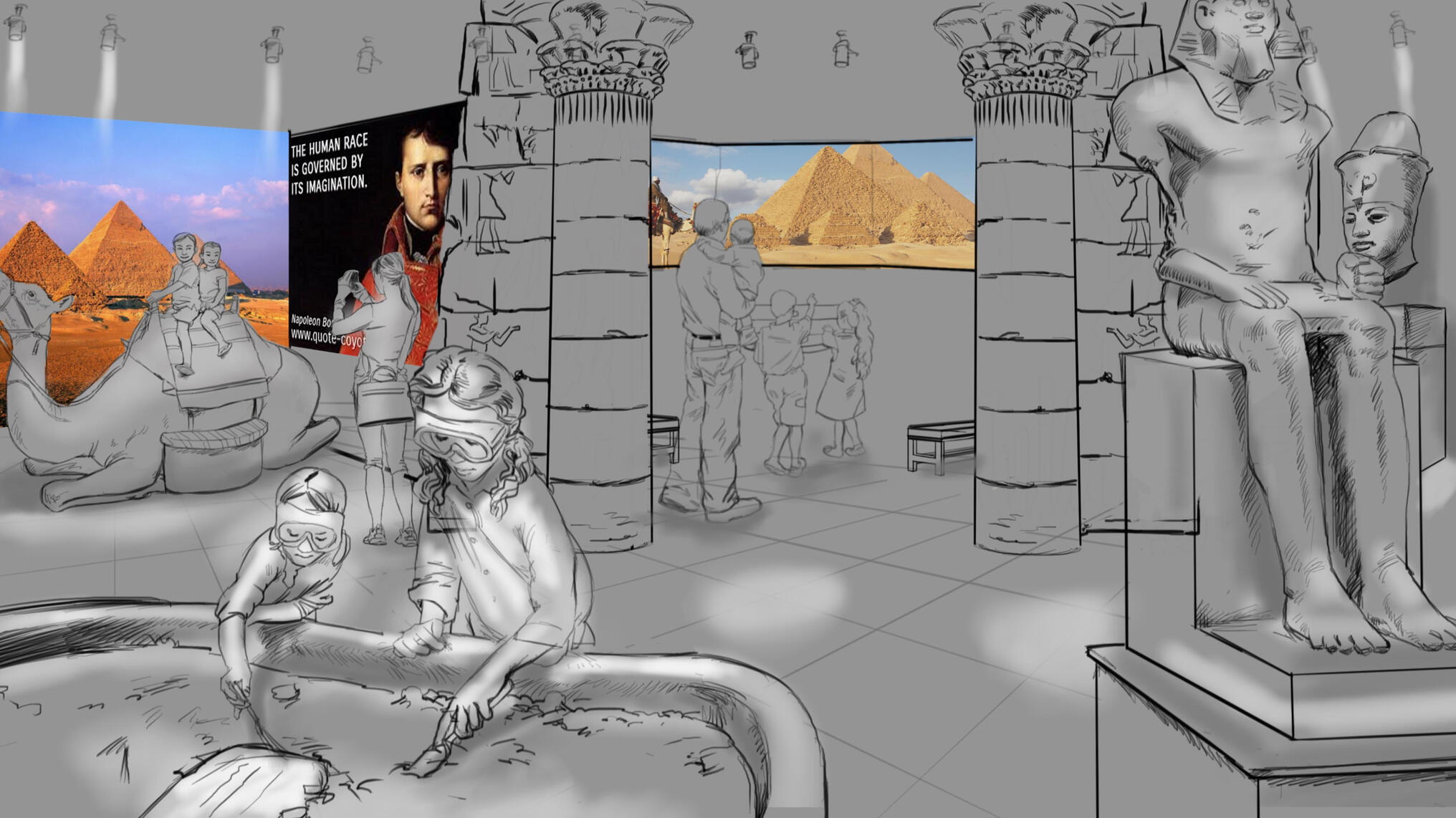
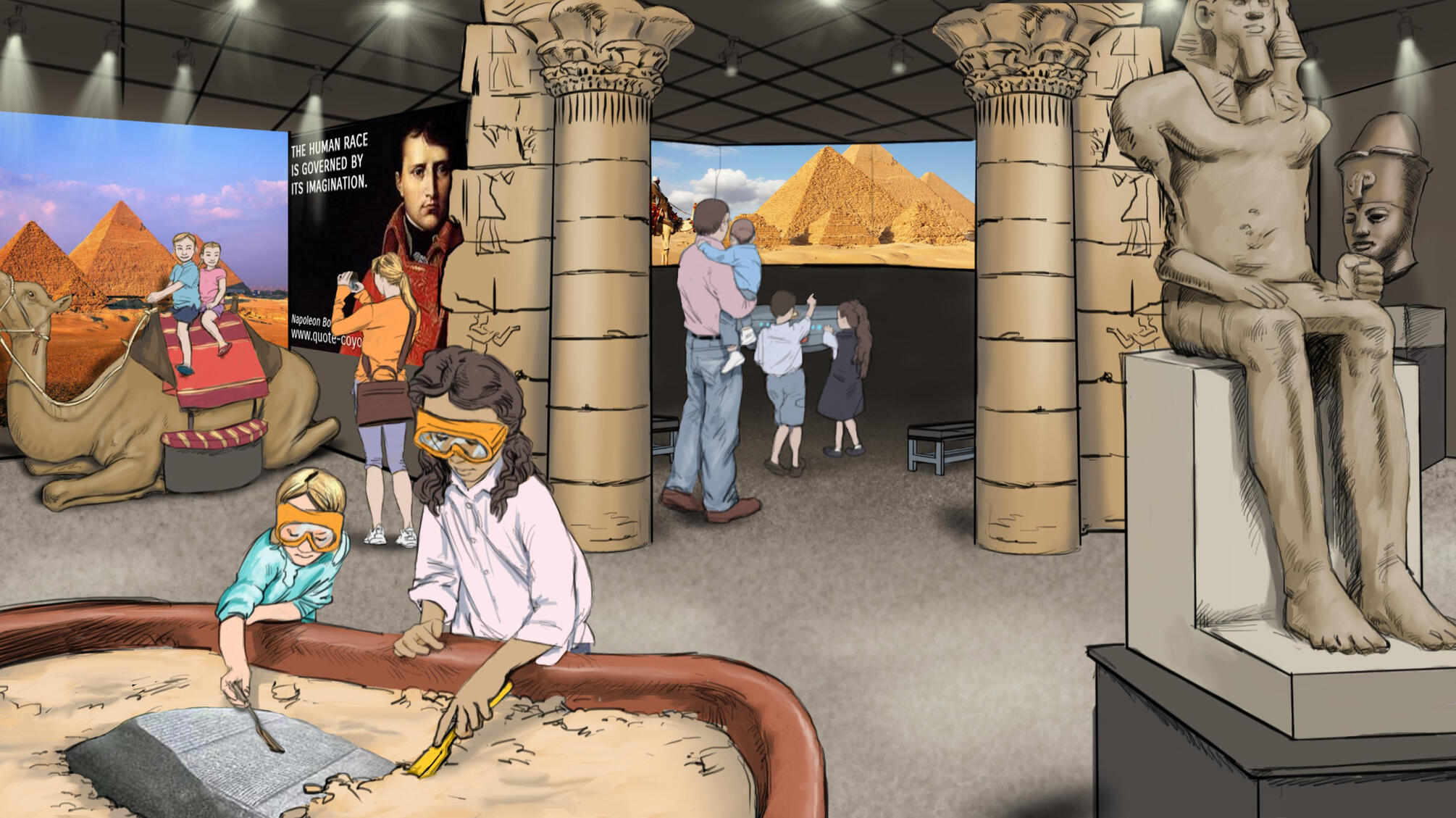
ZONE #1: Rosetta Stone History (approx 1,250 sq. ft.)Visitors will relive the unearthing of the Rosetta Stone on the west bank of the Nile, Napoleon’s reign, the drama surrounding the cracking of the code to hieroglyphics, and links to ancient Egypt.With backdrops of Egyptian sands and pyramids, visitors will go on their own path to discover the Stone: the centerpiece and star of the exhibit, the 1:1, full size, 3D Rosetta Stone replica. Artifacts and media will surround to tell the story of the discovery.One of my replicas was part of the set of the "Night At The Museum 3" movie, starring Ben Stiller, Robin Williams and others. The movie plot was set in the British Museum. The leased replica was returned, so we will be able to exhibit the actual replica used in the NATM3 movie -- in this Zone.
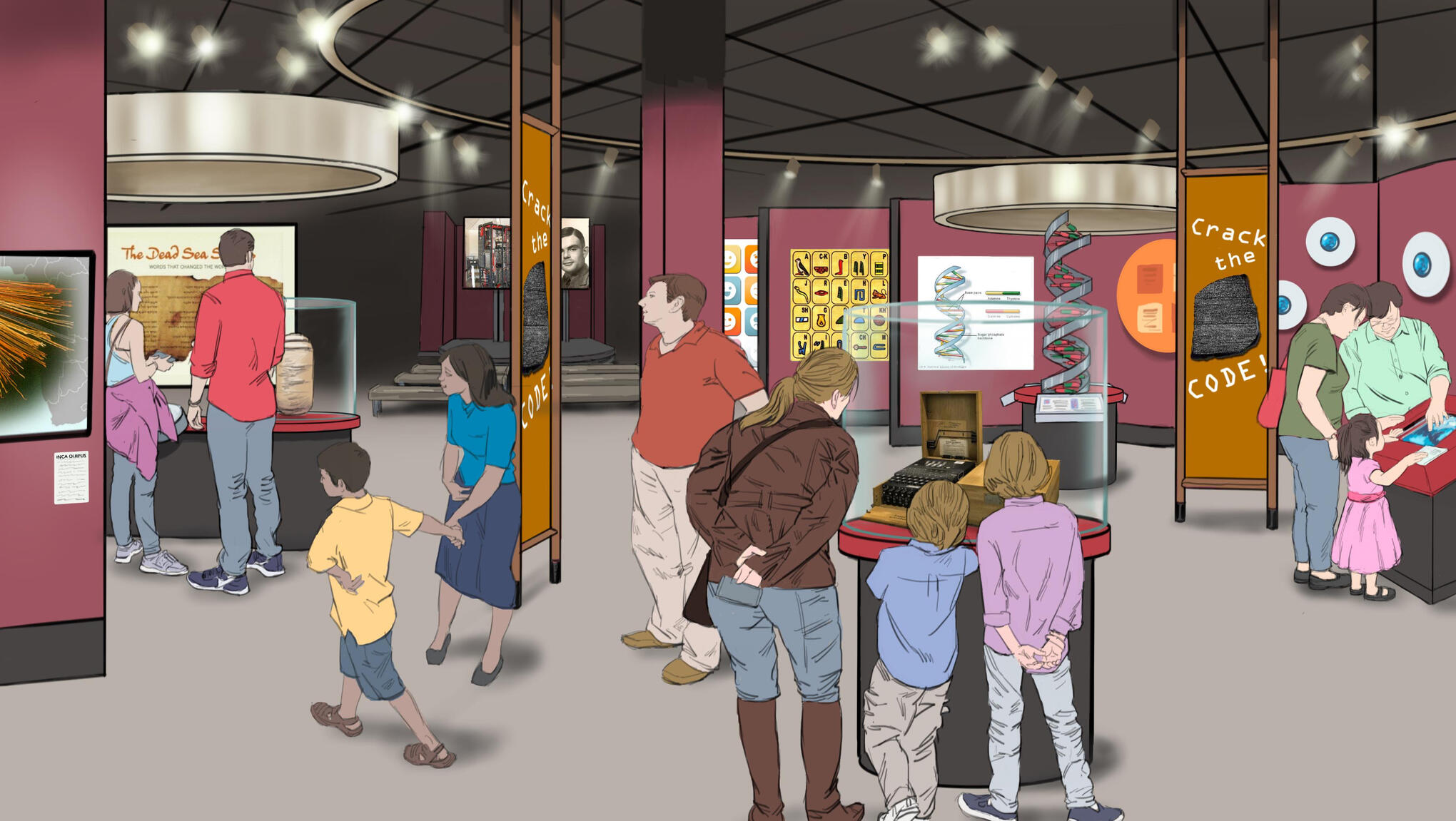
ZONE #2: Cracking the Codes (approx 1,250 sq. ft.)
Visitors will enter into a highly participatory area which is both mysterious and intriguing. Kind of a “James-Bond-ish” vibe to it. A bit darker and edgier. Within this area, visitors will engage in challenging, mind-stimulating code-cracking games and puzzles. Both computer interactive and hands-on, 3-D puzzles will be presented. Graphics and artifacts will showcase famous and historical codes and the breaking of them.We are also planning to exhibit an ENIGMA (used by Nazis in WWII), along with some cutting edge, gee-whiz, jaw-dropping technology in this "Code Cracking" zone of the exhibit.
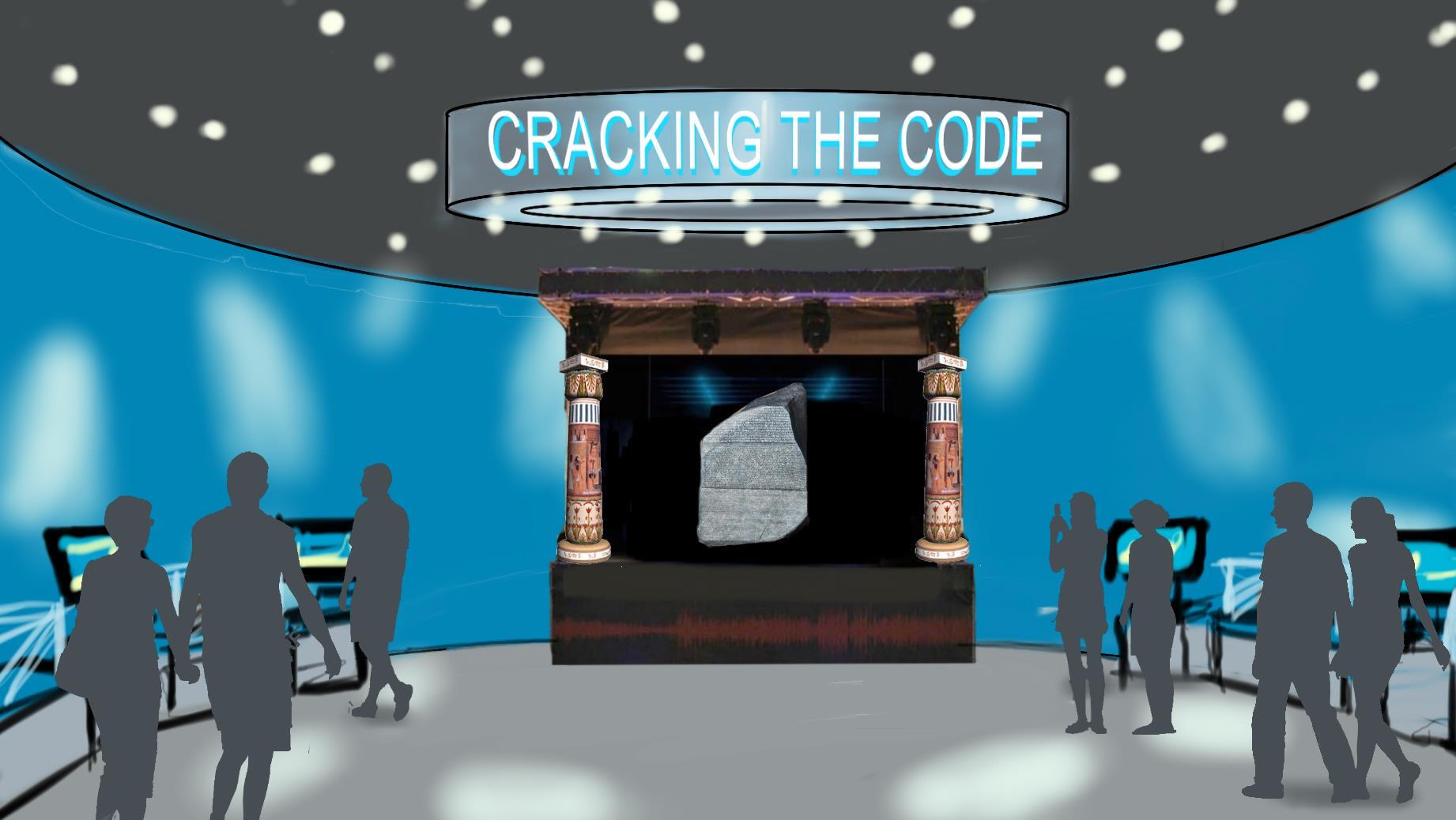
3-D digital holographic image of the Rosetta Stone:It is a 10’ x 10’ structure, with a clear screen stretched at a 45-degree angle, creating the ability to project the image through it. The holographic image will be about 4.5’ tall.
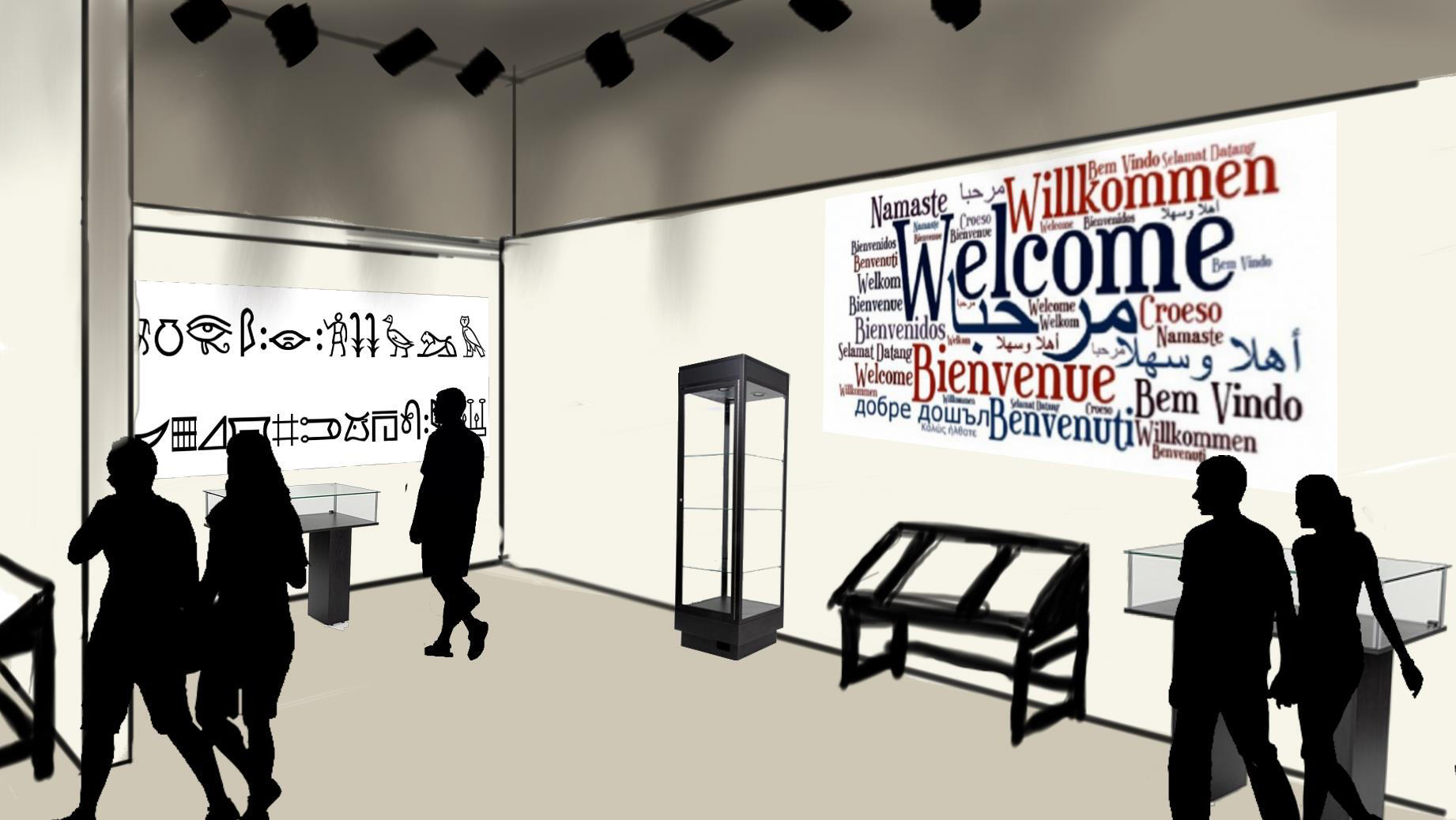
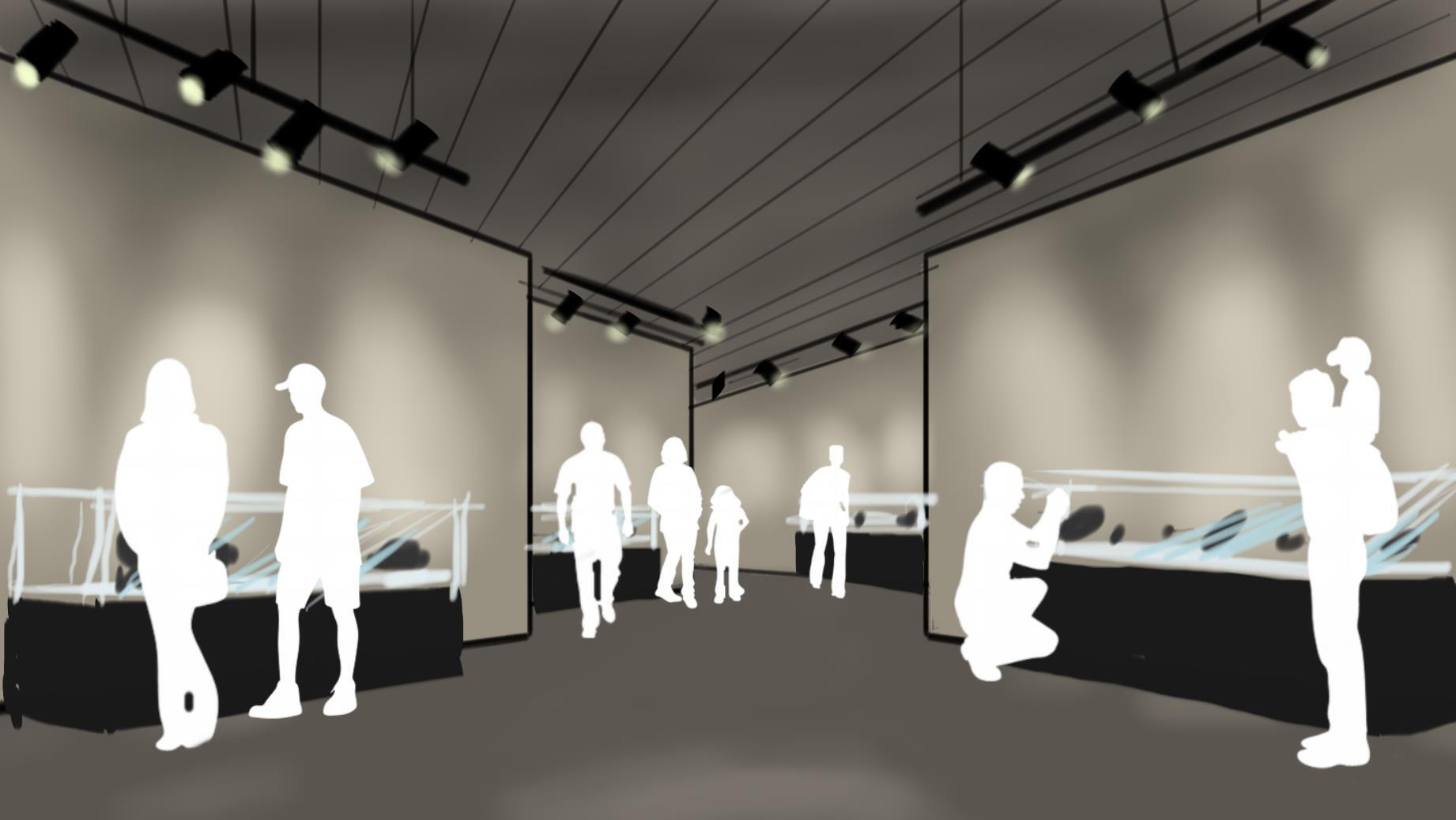
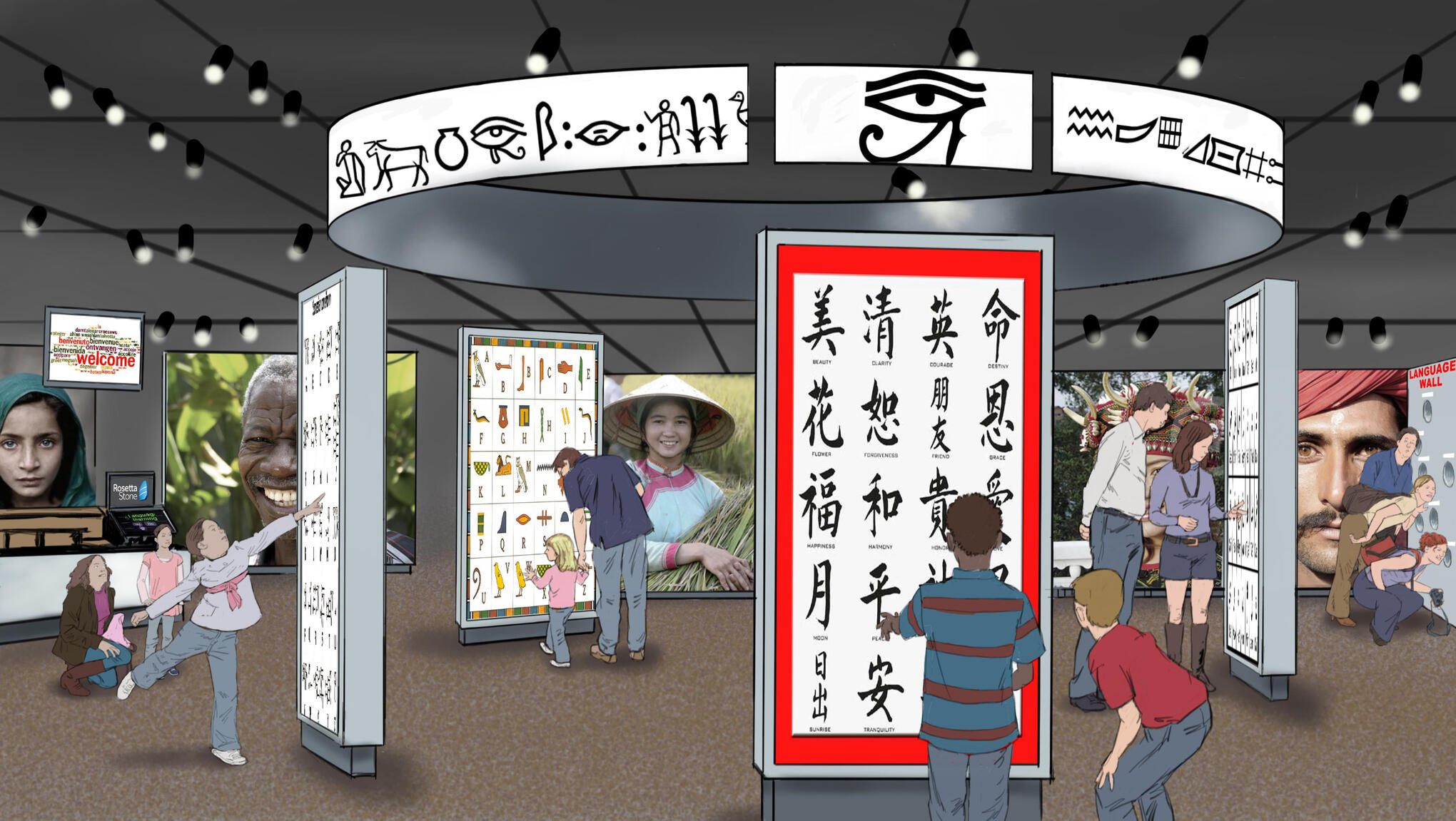
ZONE #3: Languages & Culture (approx 1,250 sq. ft.)How Language and Culture impact each other.Visitors will enter a themed area, backdrops with backdrops that display a variety of engrossing languages. Specifically, the history of languages, the process of translation, and the impact of language on culture throughout history and today.
Exhibits will highlight how the middle Demotic script was the key (as within the Rosetta Stone) to the translation link between the two other scripts – Greek and Hieroglyphics – essentially part of the formula that helped to crack the code to Hieroglyphics…unlocking the secrets of ancient Egypt.Untranslatable Words – Words from other cultures that are not translatable into English. Just because a word is not translatable doesn’t mean people don’t experience it here in America. There are certain ways of expressing oneself that makes sense in another culture. Does someone have to give up something because it cannot be described in English? Provide a way for people to access that list, with the meanings of each word as best defined in English.GAME: Different ways of saying a word. Kind of like Charades. Express a mood or word in body language and have another visitor guess what is being communicated.VIDEO NOTES: Leave a verbal video note about a word from your part of the world that means a lot to you...for the next visitor.URBAN DICTIONARY: How words and culture interact. Show the history behind the latest words that have now become a part of common usage in our culture.I have access to some of the top linguist experts at NSA who are excited to help with this zone. Plus, once this project gains traction, we can approach a language training company about helping to create some interactive games for this zone.
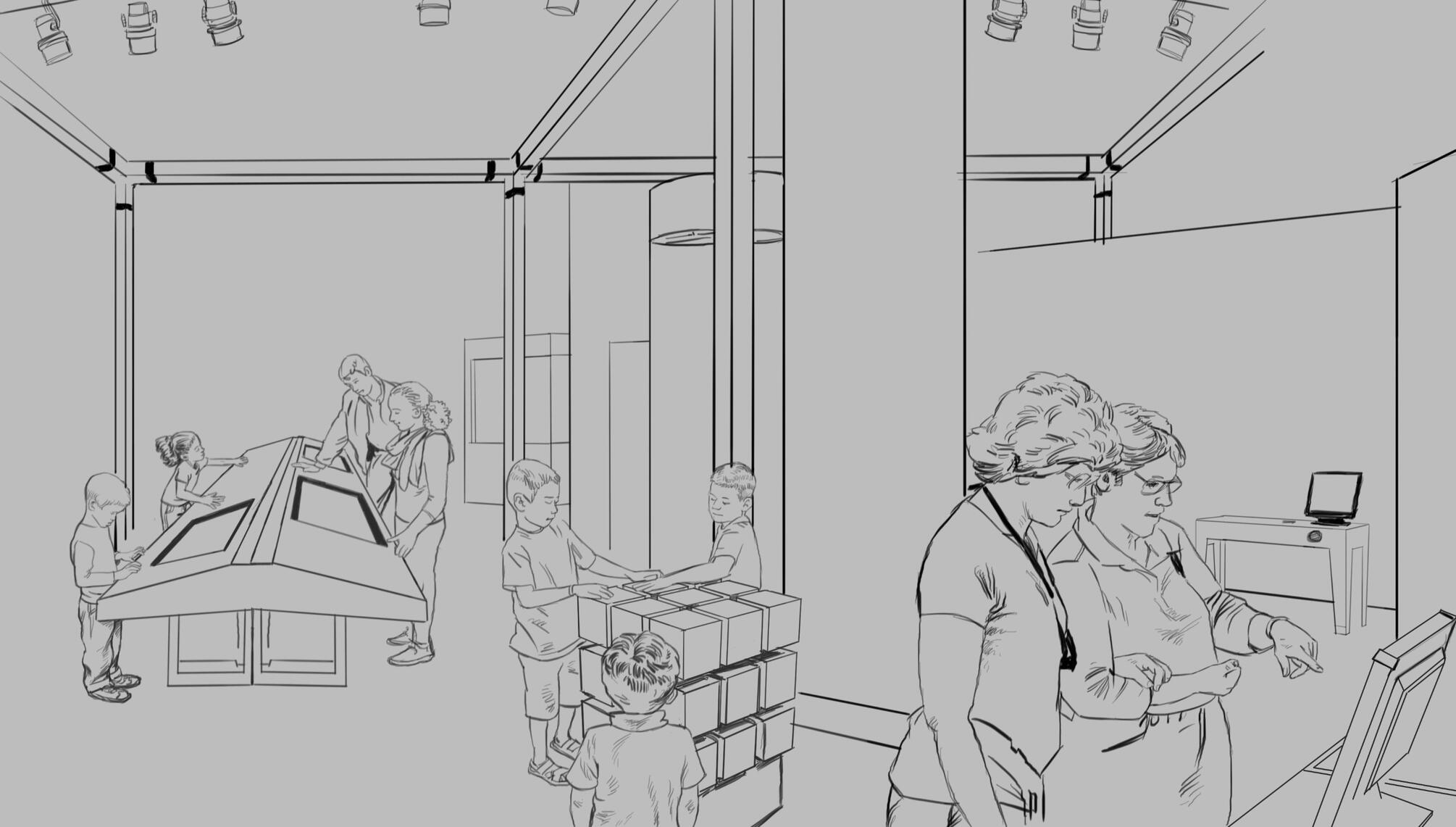
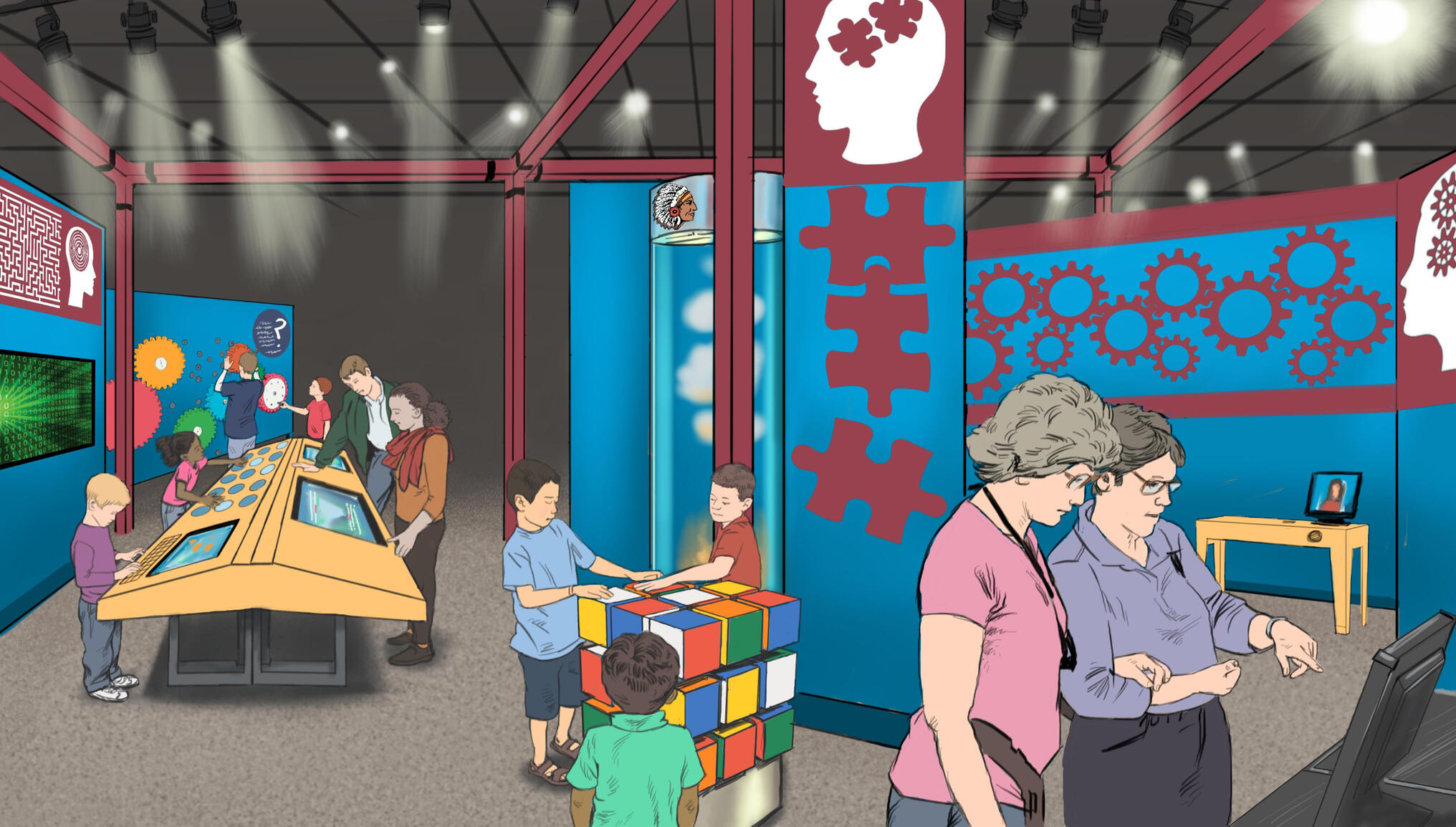
ZONE #4: Problem Solving and Connections to Modern World (approx 1,250 sq. ft.)Visitors will enter this area through a modern type of door and the entire design will be contemporary. Backdrop will be modern, perhaps futuristic in its look and feel. This area’s significance lies in its ability to connect visitors to the modern world, giving meaning and practicality to the information they have encountered thus far within the exhibit.Name a vocation. Any vocation. Engineer. Truck driver. Artist. Writer. Salesperson. Electrician. Plumber. Any person with a job has a job because he or she is solving problems. The Rosetta Stone can be utilized as a metaphor for such activity.It took 23 years – including the collaboration of many people – to solve the puzzle of hieroglyphics, thereby unlocking the secrets of ancient Egypt. This involved long periods of silence, big egos and lack of cooperation among experts from several countries. But the basic message is that people persevered, and the problem was ultimately solved. The meaning for us is that someone may be working with a dysfunctional team...filled with people possessing big egos, cross-cultural issues, lack of good communication, and lack of tools/resources. But still the problems can be solved.25-30 INVENTIONS: This zone will include 25-30 mini exhibits that showcase the “R-O-S-E-T-T-A” problem-solving process each invention went through to create his/her invention that we now take for granted. The car. The light bulb. Memory foam. A curriculum resource that has become a solution to the education gap in America.
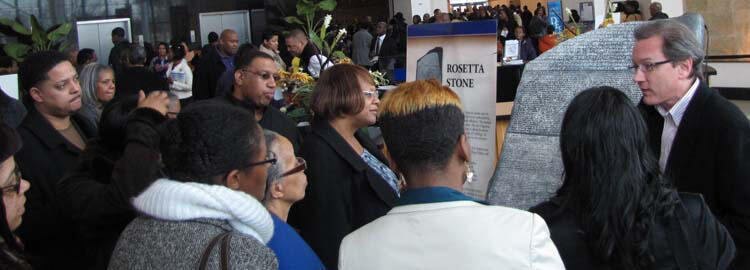
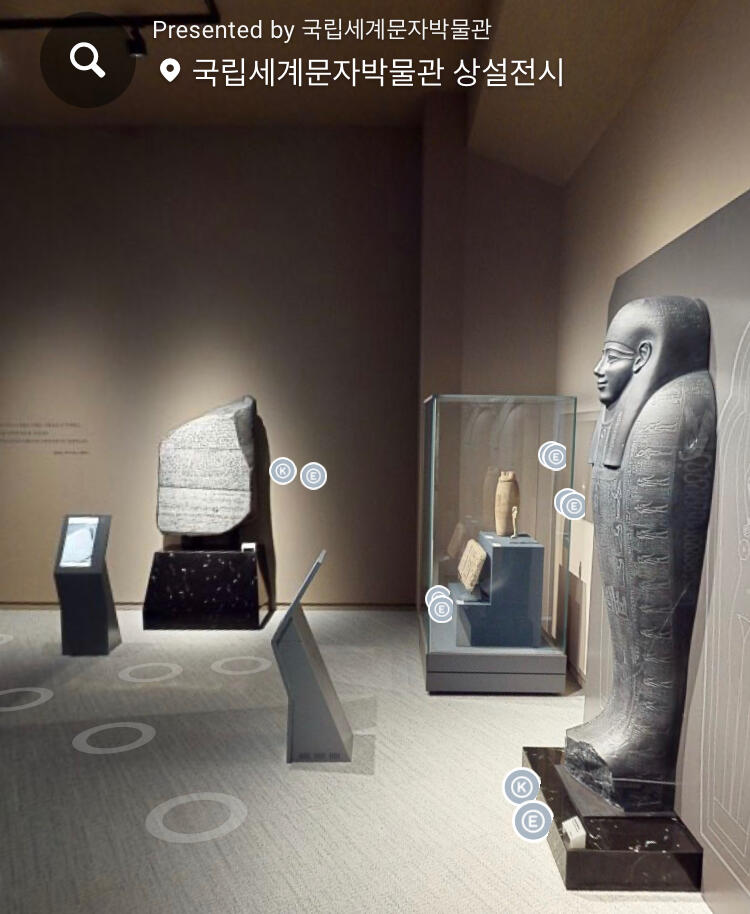

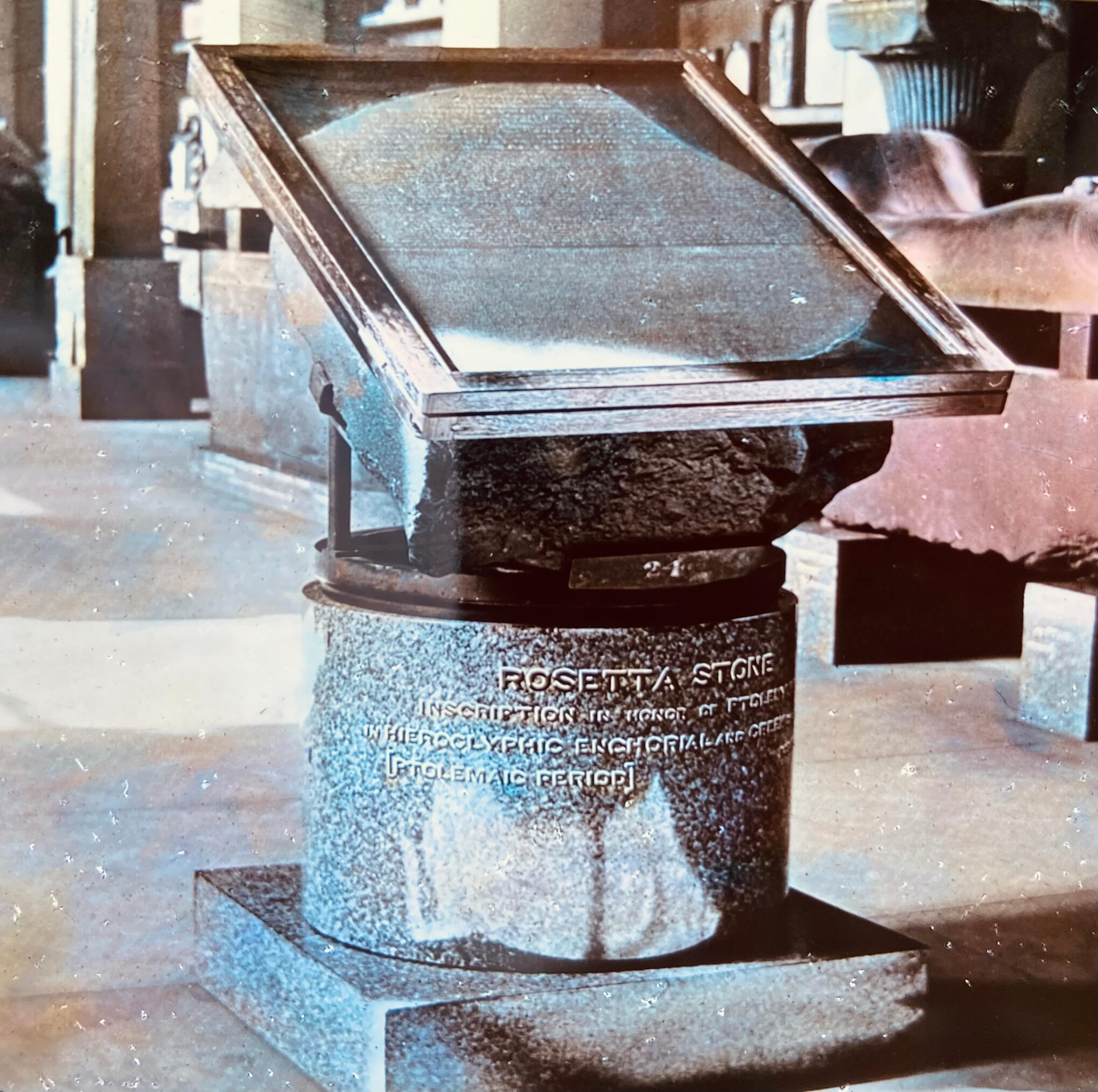
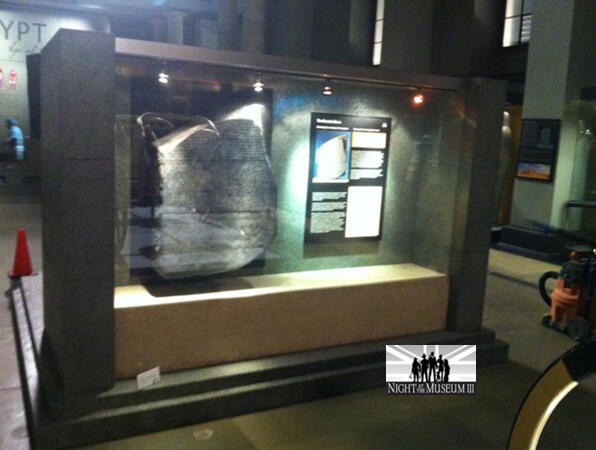
Text

